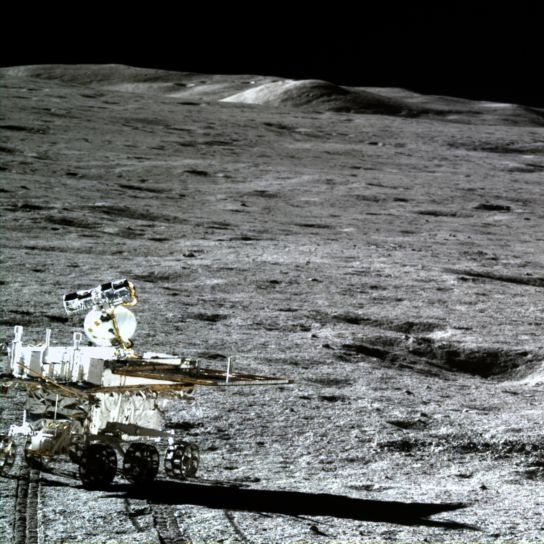More problems at Boeing, this time with military aircraft
In this article about Israel’s desire to obtain the new KC-46A airplane tankers being built by Boeing for the Air Force, it is revealed that Boeing has had numerous disturbing manufacturing problems on this particular plane.
Earlier in 2019 the U.S. air force resumed, after a two-month delay, accepting new KC-46As. That two-month delay was because of FOD (Foreign Object Debris), including tools and other metal objects, still showing up in various parts of the aircraft. This indicated a serious lapse in the management of assembly and quality control while producing these aircraft. By March, after nearly a month of effort to check out aircraft nearly ready for delivery as well as factory inspection procedures, the air force agreed to begin accepting KC-46s once more. Deliveries continued despite the recently discovered cargo lock (unreliable cargo tie down latches) problem. The Americans are now concerned about Boeing, the manufacturer while also needing the KC-46As as soon as possible. This is the same firm that is having worse problems with its new 737 Max commercial airliner.
In mid-2019 Boeing planned to deliver 36 KC-46As by the end of 2019 and later expected to meet that goal even though only 19 had been delivered by early September. At the end of the year the goal of 36 was missed but Boeing did fix the cargo lock problem and this allowed cargo to again be carried. There is one problem left with the accuracy of the remote viewing system used by the 46A boom operator. That does not prevent operation of the aircraft, just slows down refueling in some cases.
Boeing has had problems with its 737-Max commercial jet (now grounded), with the construction of the Space Launch System (SLS) for NASA (a decade behind schedule and billions over budget), and with its manned Starliner space capsule. The list of issues above for the KC-46A is equally troubling, and indicates that the management and quality control problems indicated by the other projects might very well be systemic to the entire company. Not good, not good at all.
Hat tip to reader Norm Donovan.
In this article about Israel’s desire to obtain the new KC-46A airplane tankers being built by Boeing for the Air Force, it is revealed that Boeing has had numerous disturbing manufacturing problems on this particular plane.
Earlier in 2019 the U.S. air force resumed, after a two-month delay, accepting new KC-46As. That two-month delay was because of FOD (Foreign Object Debris), including tools and other metal objects, still showing up in various parts of the aircraft. This indicated a serious lapse in the management of assembly and quality control while producing these aircraft. By March, after nearly a month of effort to check out aircraft nearly ready for delivery as well as factory inspection procedures, the air force agreed to begin accepting KC-46s once more. Deliveries continued despite the recently discovered cargo lock (unreliable cargo tie down latches) problem. The Americans are now concerned about Boeing, the manufacturer while also needing the KC-46As as soon as possible. This is the same firm that is having worse problems with its new 737 Max commercial airliner.
In mid-2019 Boeing planned to deliver 36 KC-46As by the end of 2019 and later expected to meet that goal even though only 19 had been delivered by early September. At the end of the year the goal of 36 was missed but Boeing did fix the cargo lock problem and this allowed cargo to again be carried. There is one problem left with the accuracy of the remote viewing system used by the 46A boom operator. That does not prevent operation of the aircraft, just slows down refueling in some cases.
Boeing has had problems with its 737-Max commercial jet (now grounded), with the construction of the Space Launch System (SLS) for NASA (a decade behind schedule and billions over budget), and with its manned Starliner space capsule. The list of issues above for the KC-46A is equally troubling, and indicates that the management and quality control problems indicated by the other projects might very well be systemic to the entire company. Not good, not good at all.
Hat tip to reader Norm Donovan.

